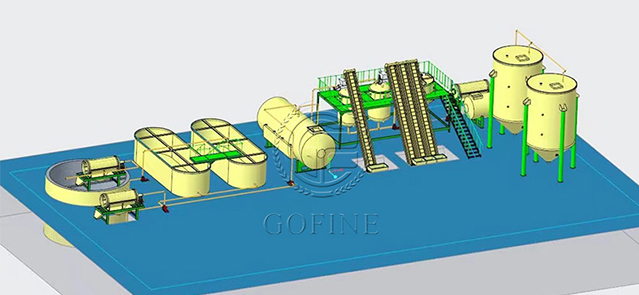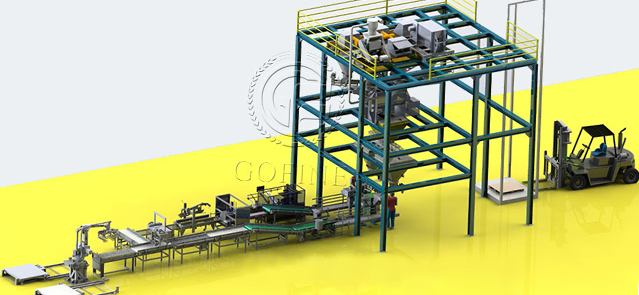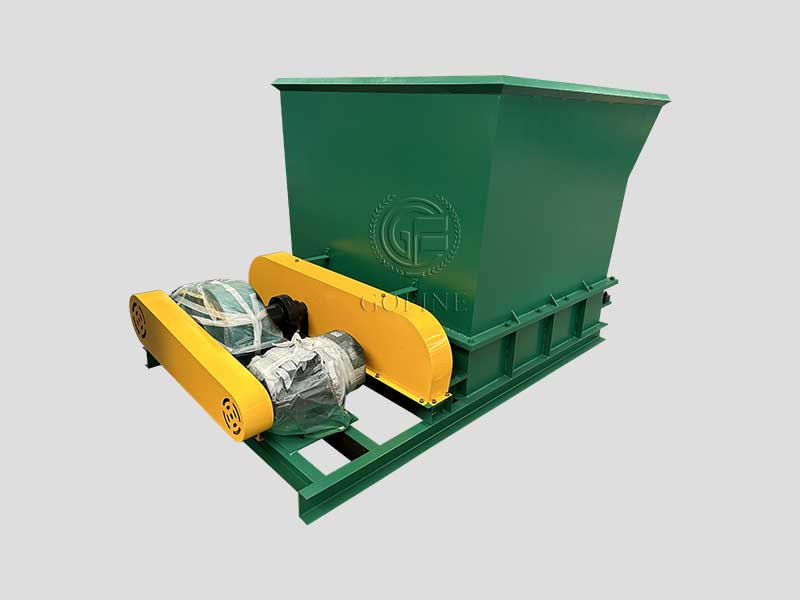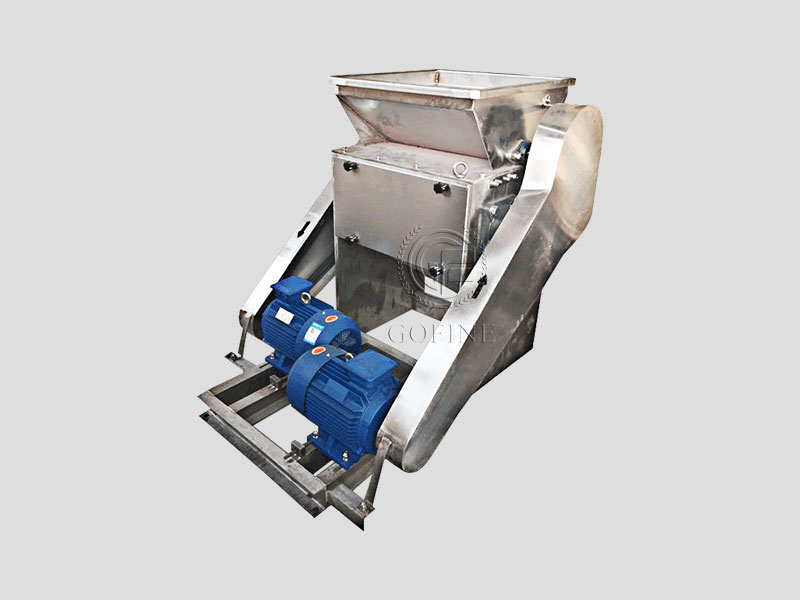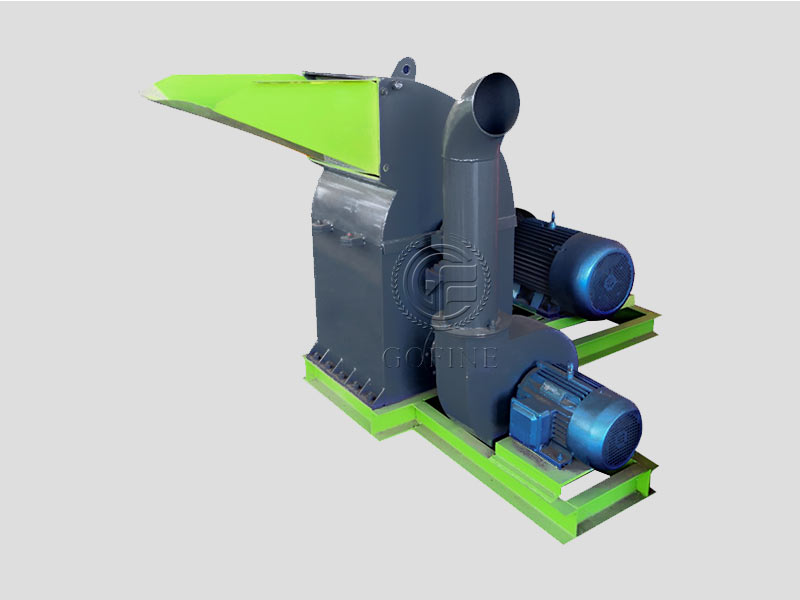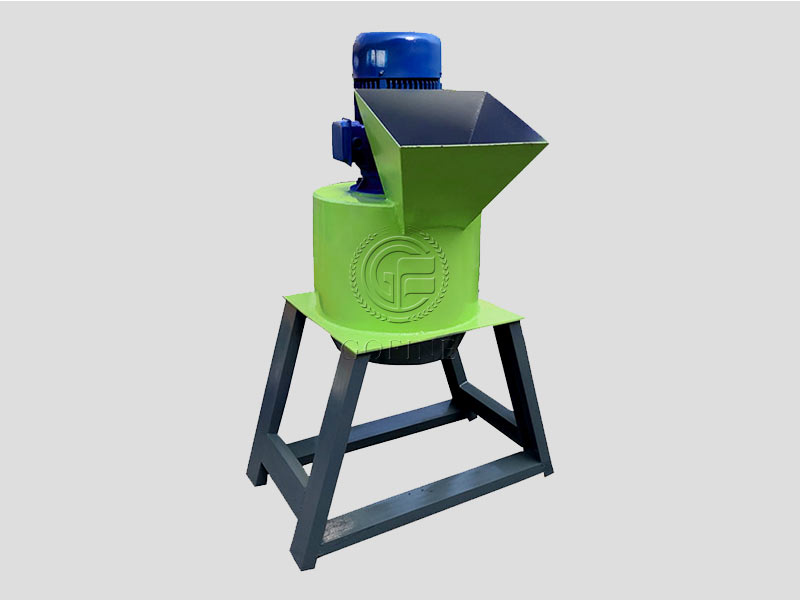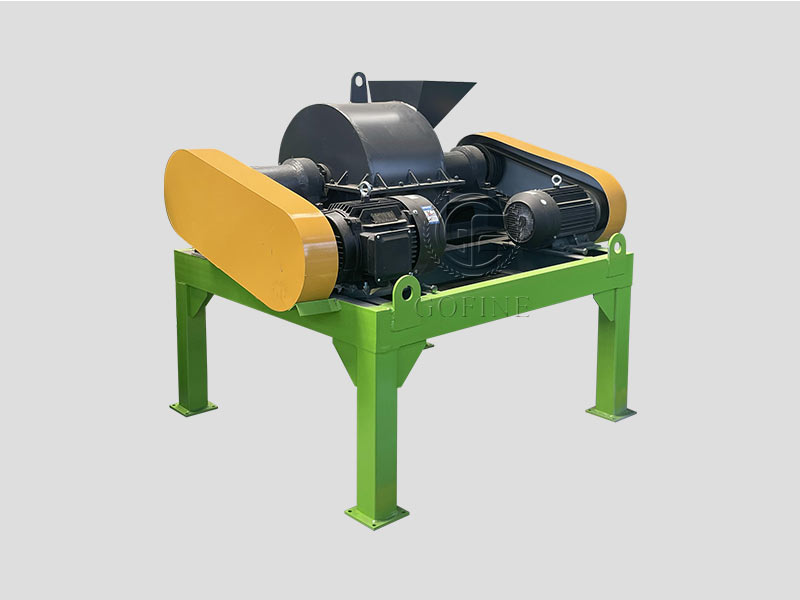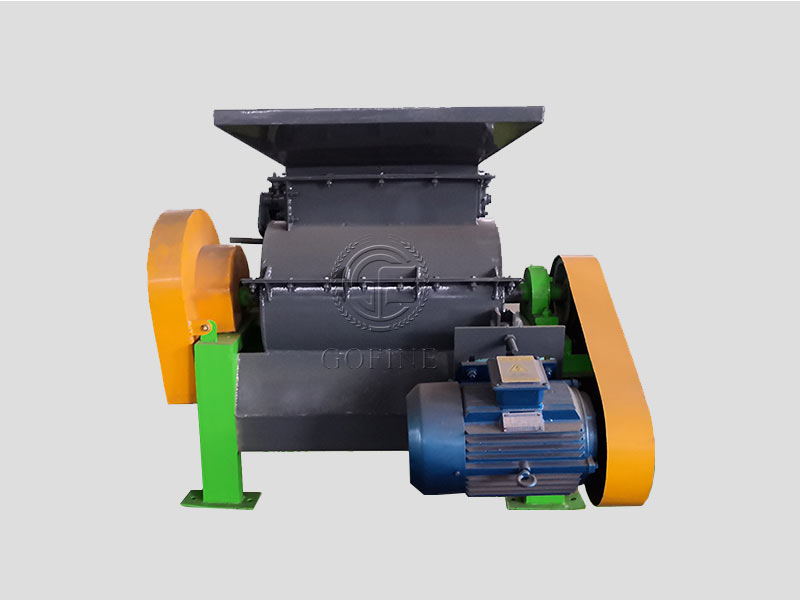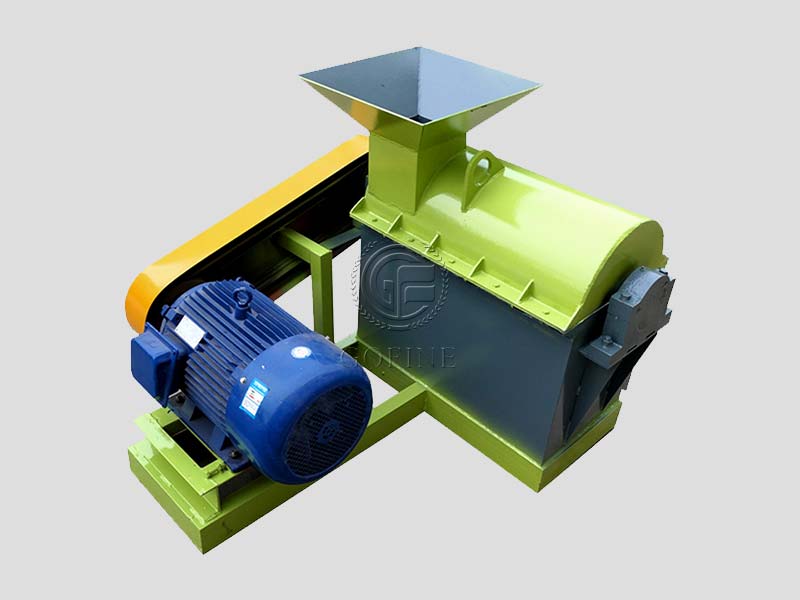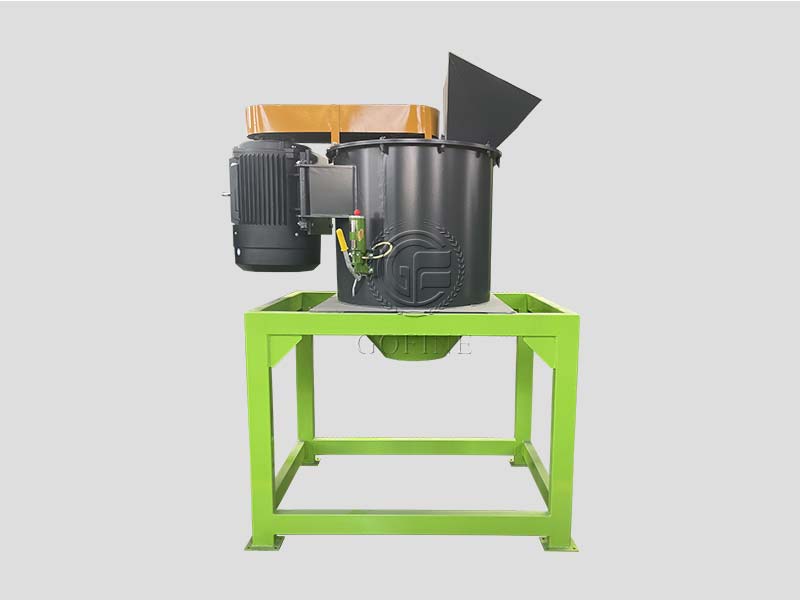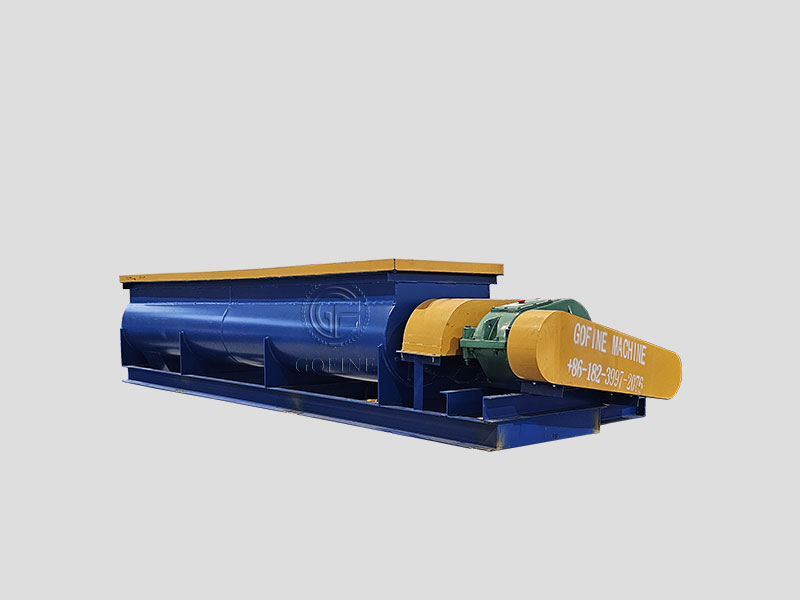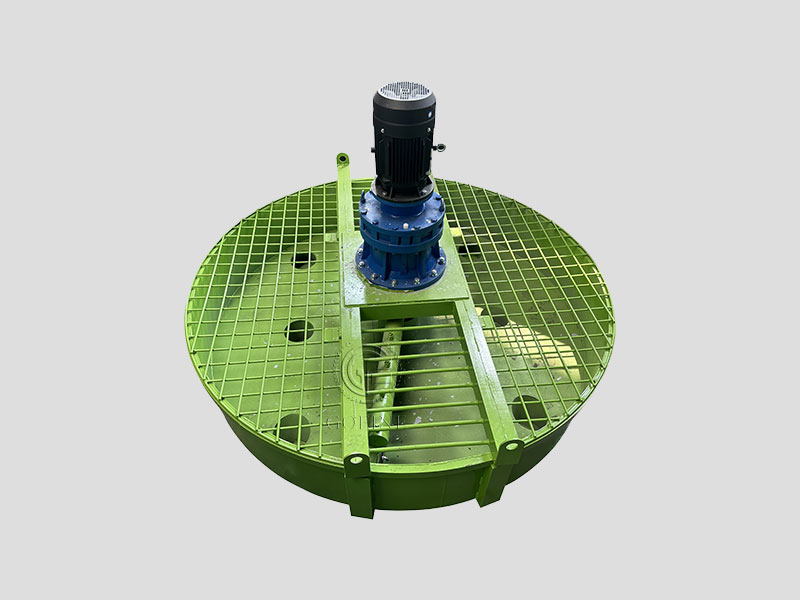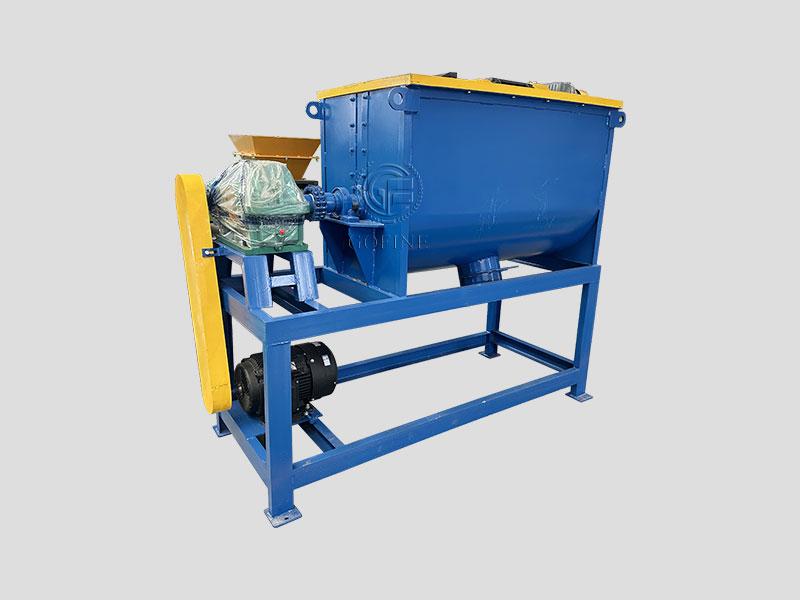- Do you need help? Here Us:
- +86 151 3866 6240
- richard@zzgofine.com
- Mon - Fri: 8am - 20pm
Fertilizer Crusher
- Home
- Fertilizer Crusher
Latest Fertilizer Equipment
Liquid fertilizer production line is a comprehensive fertilizer manufacturing system that integrates multiple advanced technologies. It is a complete process that converts various fertilizer raw materials, including but not limited to nitrogen source, phosphorus source, potassium source, trace elements and additives, into high-quality liquid fertilizer through a series of complex and orderly process steps.
Production process
Raw material processing:
Storage tanks and conveying equipment. The material of the storage tank is selected according to the characteristics of the raw materials, and the conveying pipeline ensures that the raw materials can be accurately and stably transported from the storage tank to the next link.
Batching:
This is one of the core parts of the liquid fertilizer production line. It uses an advanced automatic control system to accurately add various raw materials to the mixing container in proportion.
Mixing and stirring:
Equipped with high-performance stirring equipment, it can be flexibly adjusted according to the properties of the raw materials and the requirements of the formula. Sufficient stirring can make various raw materials evenly mixed in a short time to form a uniform and stable liquid fertilizer system.
Filtration and clarification:
Multi-stage filtration is adopted, including coarse filtration and fine filtration. Coarse filtration mainly removes larger impurities, and fine filtration can filter out tiny impurities and colloids, making the liquid fertilizer clearer and more transparent.
Packaging:
Includes automatic filling machines and sealing machines. The filling machine can accurately control the filling amount of liquid fertilizer according to different packaging specifications (such as bottled, barreled or large bag packaging).
Fertilizer crusher is an indispensable equipment in fertilizer production. It is mainly used for crushing fertilizer raw materials or finished fertilizers.
Product advantages
Adjustable particle size: Many fertilizer pulverizers can control the output particle size by replacing screens with different apertures or adjusting the gap between the pulverizing parts.
High pulverizing uniformity: High-quality fertilizer pulverizers adopt reasonable pulverizing structures and working methods to ensure that the materials are fully pulverized and obtain products with uniform particle sizes.
Strong material compatibility: Fertilizer pulverizers can handle various types of fertilizer raw materials. Such as livestock and poultry manure, crop straw, mineral raw materials, fermentation raw materials.
Adapt to materials with different humidity: Advanced fertilizer pulverizers have good adaptability to material humidity.
Efficient pulverizing capacity: Fertilizer pulverizers usually have high working efficiency.
Energy-saving features: Many fertilizer pulverizers focus on energy saving. By optimizing the power transmission system, energy loss is reduced and operating costs are reduced.
Fertilizer mixers play a vital role in fertilizer production. They are mainly used to mix different types of fertilizer raw materials (such as nitrogen fertilizers, phosphorus fertilizers, potash fertilizers), additives (such as trace elements, humic acid) and fillers (such as clay, diatomaceous earth) according to specific formulas and proportions. This ensures that the nutrient content of fertilizer products is uniform and consistent, meeting the needs of crop growth for various nutrients. For example, when producing compound fertilizers, it is necessary to accurately mix nitrogen sources (such as urea), phosphorus sources (such as monoammonium phosphate) and potassium sources (such as potassium chloride) to achieve the ideal nitrogen, phosphorus and potassium ratio, and fertilizer mixers can efficiently complete this task.
Product advantages
High mixing uniformity: The fertilizer mixer can fully mix a variety of fertilizer raw materials through advanced mixing structure and method.
Adjustable mixing degree: The mixing time, mixing speed and other parameters can be adjusted to control the mixing degree according to different fertilizer formulas and usage requirements.
Wide material compatibility: The fertilizer mixer can handle various forms of fertilizer materials, including granules (such as urea granules, compound fertilizer granules), powders (such as trace element powders), pastes (such as humic acid pastes) and liquids (such as liquid fertilizer additives).
Adapt to different formula requirements: Various raw materials can be mixed together in precise proportions, providing flexibility for the production of various types of fertilizers and adapting to the diverse fertilizer product needs on the market.
Efficient mixing capacity: It has high production efficiency and can process a large amount of fertilizer materials in a short time.
Energy-saving advantages: Some modern fertilizer mixers take energy-saving factors into consideration in their design. By optimizing the shape and mixing method of the mixing blades, the energy loss during the mixing process is reduced.


